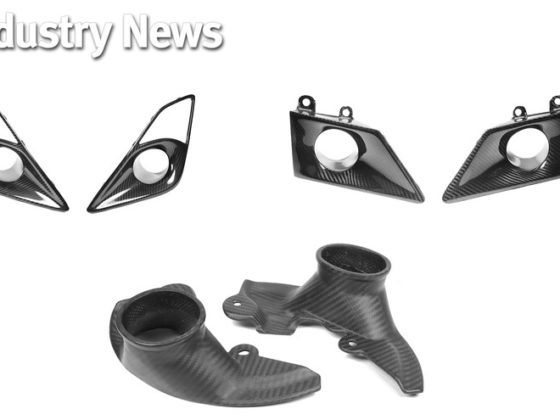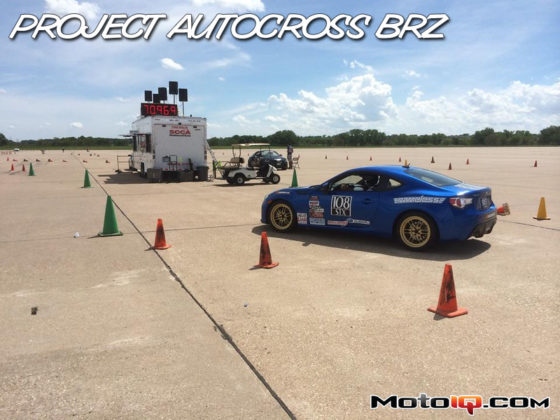,

Approaching BDC (bottom dead center) of the power stroke. The combustion event is over, and most of the expansion of the burning mixture has occurred. Because the crankshaft has rotated well past 90 degrees after TDC, remaining cylinder pressure is not creating much torque on the crankshaft at this point. While there is still significant pressure, it could still contribute some power, but not much. There is a better use for this pressure, though – we start to open the exhaust valves at this point. The term for this valve event is EVO. By starting to open the exhaust valve before BDC, we’ll use the remaining pressure to start pushing those burnt gases out of the cylinder. This is the start of what is referred to as the “blowdown” phase. Blowdown is the period from EVO to BDC. (EVO notes: The cam designer wants to minimize pumping losses, which we’ll discuss below, so he’s thinking about getting that exhaust valve open early so that he can use that residual pressure to start evacuating the cylinder. The timing of this valve event is strongly influenced by compression ratio – as compression ratios increase, combustion occurs more quickly, which also means pressure drops more quickly as well, so the cam designer can open the exhaust valve even sooner. If the exhaust design is really efficient, and scavenges well, the cam designer may be able to delay EVO to take advantage of some of the remaining work available from the cylinder pressure)
 Here you can see that exhaust flow is leaving the chamber as the exhaust valve starts to open.
Here you can see that exhaust flow is leaving the chamber as the exhaust valve starts to open.
Our piston is now past BDC and starting to move up on the exhaust stroke. The piston is now trying to pump out the burnt gases, and cylinder pressure is actually going back up. If we hadn’t opened the exhaust valve earlier to start the blowdown phase, we would have a lot of extra exhaust volume to deal with, and therefore higher cylinder pressures trying to push back against the piston as it travels up the bore, reducing power. This loss of power is known as “pumping loss.” The little extra bit of power we would have gained by leaving the exhaust valve closed a little longer before blowdown would be more than offset by pumping loss. The early EVO is a case where we benefit more by minimizing a loss, rather than maximizing a gain.

Approaching TDC on the exhaust stroke. As we near the top of the cylinder again, lots of things start to happen. The exhaust valve is almost closed, but we also start to open the intake valve (IVO) before we get there – so there will be a period of time around TDC that both valves will be open at the same time. This period is known as “overlap.” There are good reasons to have overlap. We want to make sure that we get as much of the exhaust gases removed from the combustion chamber as possible, so that they don’t contaminate the fresh incoming mixture. If we close the exhaust valve right at TDC, there would still be some remaining volume of gas trapped in the combustion chamber, so we leave the valve open a little past TDC. The problem is, if we want the remaining gases to leave the cylinder, we have to replace it with something – so we open the intake valve a little before TDC. Ideally, during this overlap period, a little fresh intake charge replaces the last of the spent exhaust gases.



